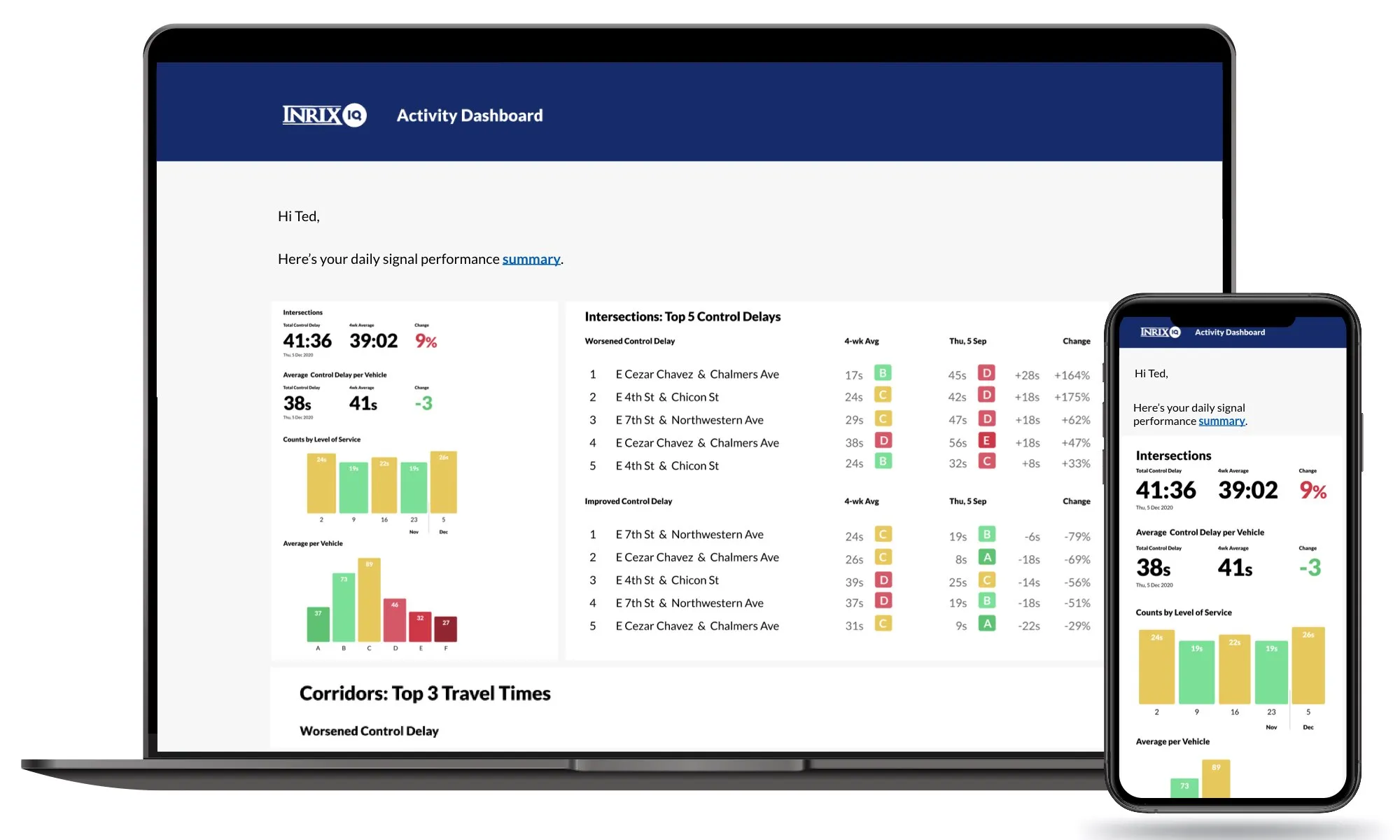Iteris has upgraded its Vantage detection solutions with Vantage Velocity 2.0, which includes several enhancements to its Bluetooth-based travel time system. Vantage Velocity, Iteris’ Bluetooth-based travel time system, employs sensors installed at defined segments along the road to capture the identity of passing Bluetooth-enabled devices. Utilising advanced algorithms, the host software analyses the matches between sensors to create accurate real-time speed and travel time data on freeways and arterial ro
August 9, 2013
Read time: 2 mins
Vantage Velocity, Iteris’ Bluetooth-based travel time system, employs sensors installed at defined segments along the road to capture the identity of passing Bluetooth-enabled devices. Utilising advanced algorithms, the host software analyses the matches between sensors to create accurate real-time speed and travel time data on freeways and arterial roadways.
The enhancements in Vantage Velocity 2.0 provide public agencies with the flexibility to meet their traffic management needs by enabling them to create their own user-definable congestion maps. Improved reporting allows operators to obtain a complete view of real-time traffic and origin-destination data while understanding demand trends over periods of several days. The new field unit data viewer allows users to begin monitoring incoming Bluetooth matches directly from the installation site, which provides instant validation of the installation performance.
“These enhancements to our Vantage Velocity product are a result of the market’s growing demand for real-time traffic information,” said Todd Kreter, senior vice president of development and operations for Iteris’ Roadway Sensors segment. “The upgrade will provide our customers with the ability to monitor road conditions and respond faster to various traffic situations.”









